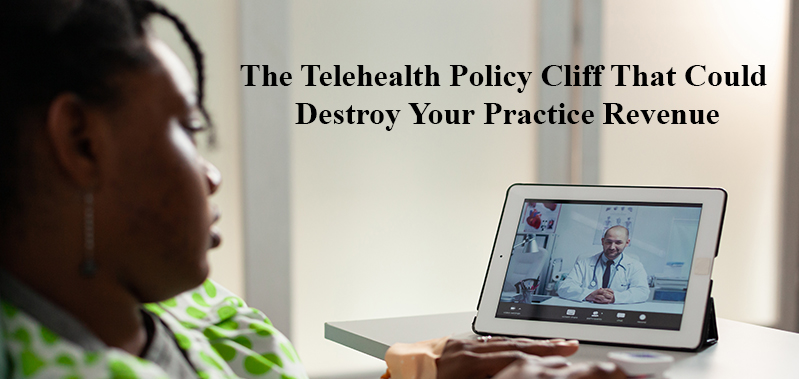
Demystifying CPT 99211 in 2025: A Compliance-Focused Guide for Coders and Providers
CPT 99211 might seem like the quiet kid in the corner of the Evaluation and Management (E/M) coding family, but don’t let its simplicity fool you. It's a low-level office visit code that’s often misunderstood, underutilized, or, worse, misused. In 2025, with more emphasis than ever on compliance and audit-readiness, CPT 99211 deserves a fresh look.
It's important for medical coders, billing specialists, and providers to know how this code fits into the bigger picture of EM Coding Guidelines and compliance practices. And in a world where an FDA inspection can happen at any time, it is very important to be clear about all codes, even the simple 99211.
What is CPT 99211, Really?
CPT 99211 is applicable to established patient office visits that do not include a physician or other qualified healthcare professional's participation. It is often used for office visits such as:
- Blood pressure checks
- Injection
- Dressing change
The requirements? It's simple. It must be deemed medically necessary, and the visit must be adequately documented. That's it!
But just because it’s simple doesn’t mean it’s not important. Especially when it comes to Medical Coding 2025, where every code, note, and minute matters.
Why Does CPT 99211 Get Overlooked (or flagged)?
99211 is often underreported because it’s misunderstood. Many practices don’t realize when it’s appropriate to use—or fear that using it might trigger issues during an FDA inspection or payer audit.
On the flip side, when it is used, it’s sometimes done so incorrectly, with inadequate documentation or no clear justification. That’s where you can run into real trouble with CMS Coding Updates and payer reviews.
2025 Changes and What You Need to Know
While CPT 99211 itself hasn’t drastically changed, the coding environment around it has. With EM Coding Guidelines becoming more detailed and payers tightening their audit processes, 2025 is a year for sharpening up on even the most basic codes.
Documentation expectations are higher. Compliance stakes are higher. And the need for internal checks before claim submission? Critical.
If you're still thinking of 99211 as a throwaway code, think again—because the people reviewing your claims certainly aren’t.
99211 Reimbursement: Small Code, Real Value
Let’s talk about money. CPT 99211 doesn’t carry a big reimbursement rate (we’re talking $20–$30 range), but multiply that by hundreds of valid visits a year, and it adds up. More importantly, consistent use of 99211—when appropriate—can:
- Improve revenue cycle accuracy
- Prevent underbilling
- Support proper workload distribution
If you’re skipping it out of fear or confusion, you could be leaving money and compliance confidence on the table.
What Triggers an FDA Inspection?
oh, yes— FDA inspections. They can be routine, resulting from a complaint, or follow-ups on something from the past. Regardless of the reason, your coding and billing practices can and do get reviewed particularly, if your organization has either provided or supported regulated medical services.
Such as, a documented and defensible use of codes like 99211 goes a long way in providing assurance you are staying on top of your compliance requirements.
Building Confidence with Correct Use
Here's how to make sure you’re using CPT 99211 the right way:
- Document clearly: Why was the visit necessary?
- Confirm scope: Did the service fall within the allowed use of 99211?
- Train staff: Everyone should understand when and how to use this code.
Not only does this ensure clean claims, but it also protects your team during FDA inspections and other audits.
Conclusion
CPT 99211 may be the simplest office visit code, but in 2025, it’s far from insignificant. With rising scrutiny, tighter compliance rules, and more frequent audits from payers and regulators, it’s essential to treat every code with the attention it deserves.
So, take another look at how you're using 99211. Check your workflows. Revisit your documentation standards. Because when the FDA inspection buzzword comes up in your next team meeting, you’ll be ready—not rattled.
FAQs
Q1: Will CPT 99211 still be a reimbursable service in 2025?
Yes, CPT 99211 can be reimbursed as long as it has been billed accurately and met all required documentation requirements.
Q2: What documentation is required to claim CPT 99211?
Providers must document the visit reason, services given, and medical necessity—even without being physically present. Each site may have its own charting rules.
Q3: Will CPT 99211 lead to an audit or FDA inspection?
Inconsistent or incorrect use could be flagged. CPT 99211 is not the only thing that can flag a report but improper billing practices may lead to regulatory scrutiny.
Q4: What will help coders to not make mistakes with 99211?
Ongoing education and training, internal audits, and a knowledge and understanding of the EM Coding Guidelines are all items that will aid providers in using CPT 99211 accurately and in compliance.




